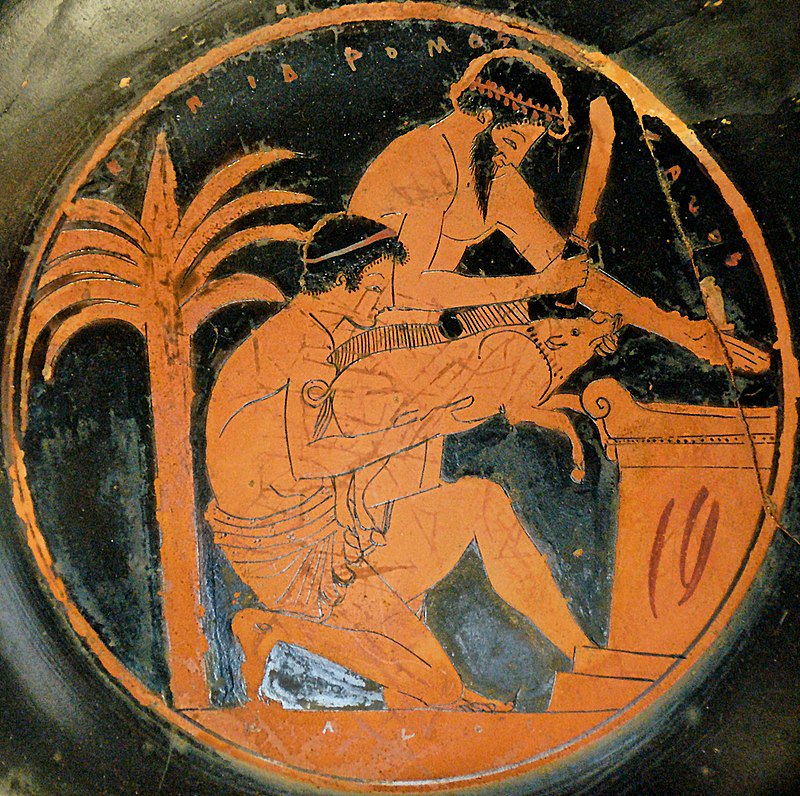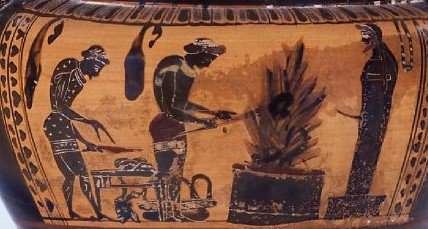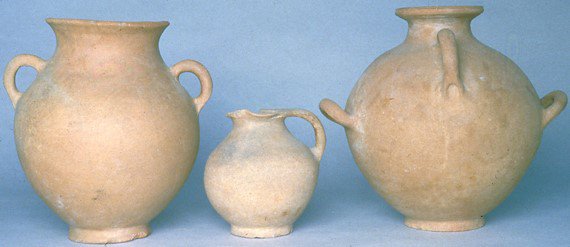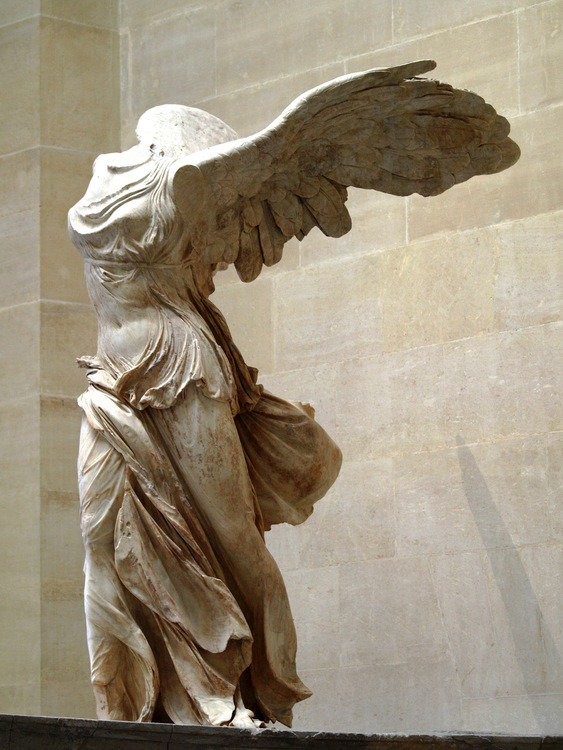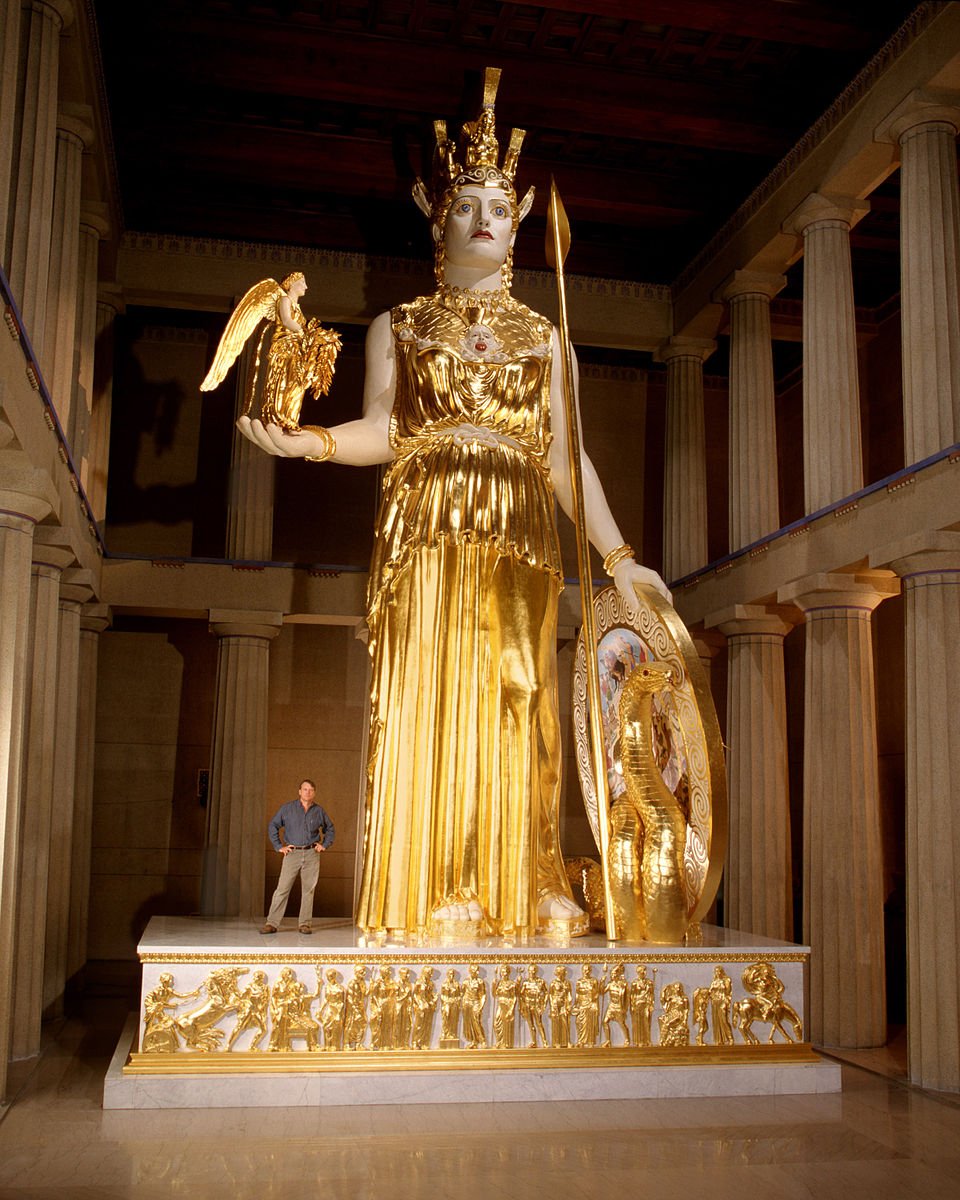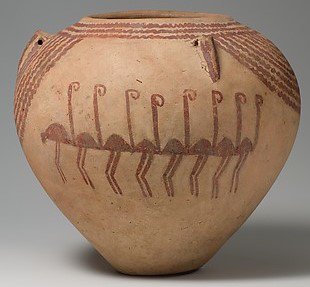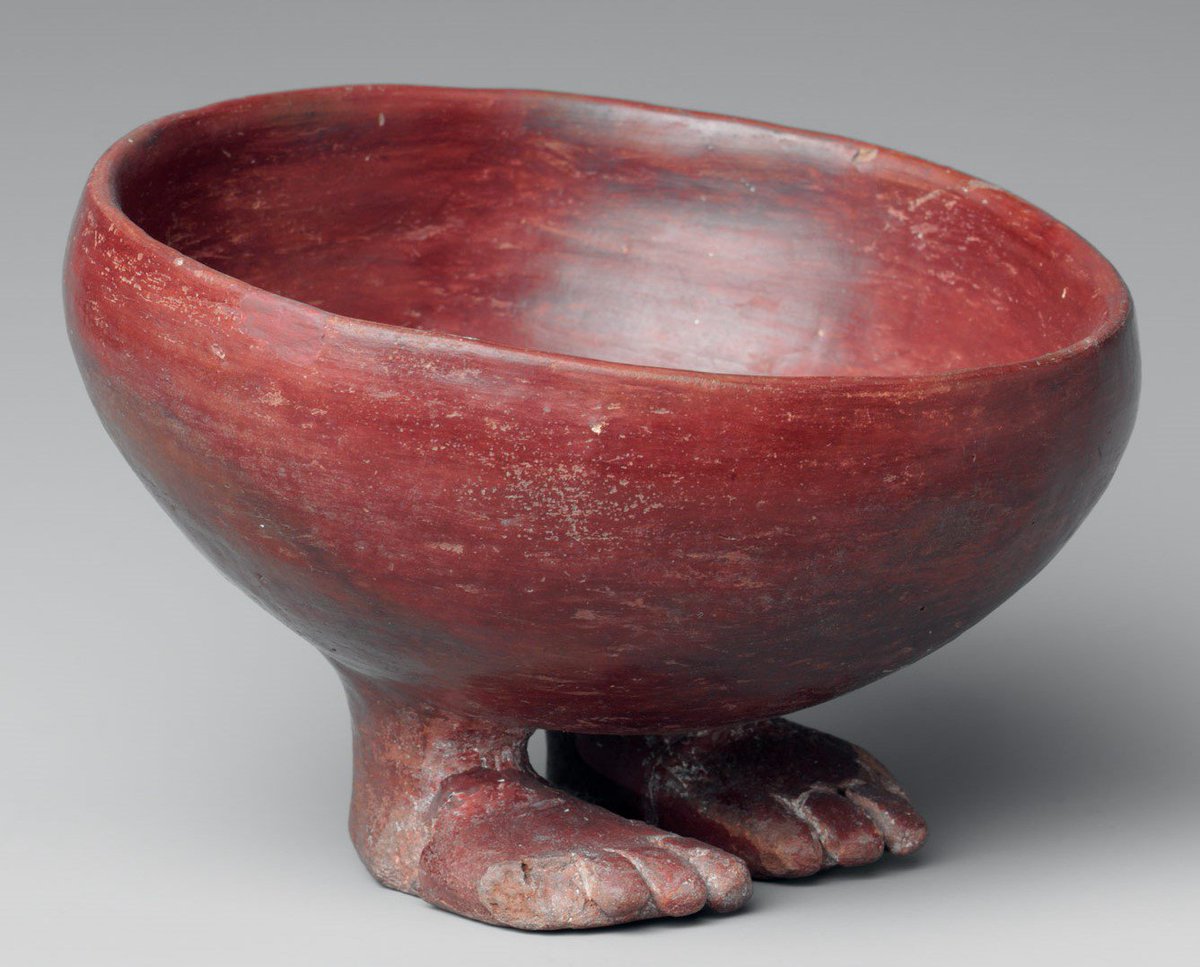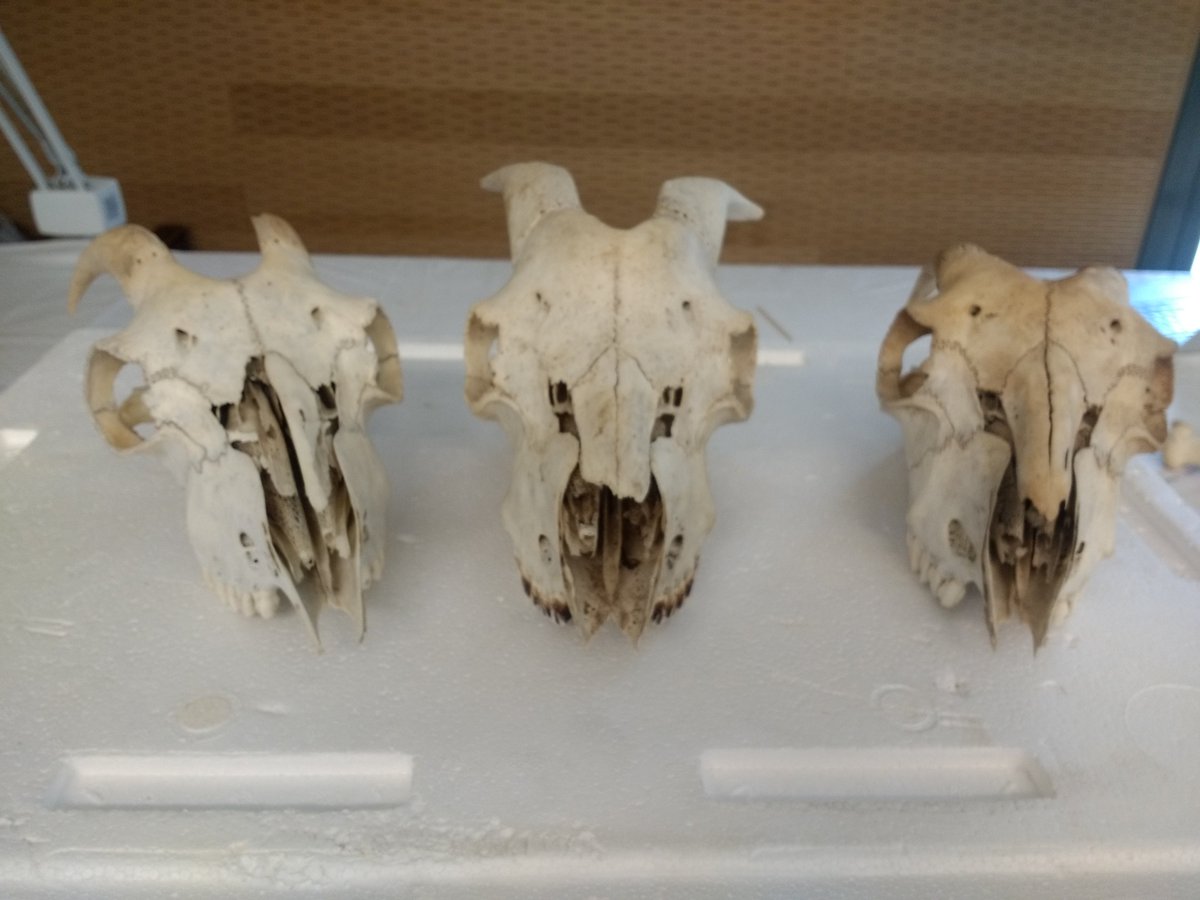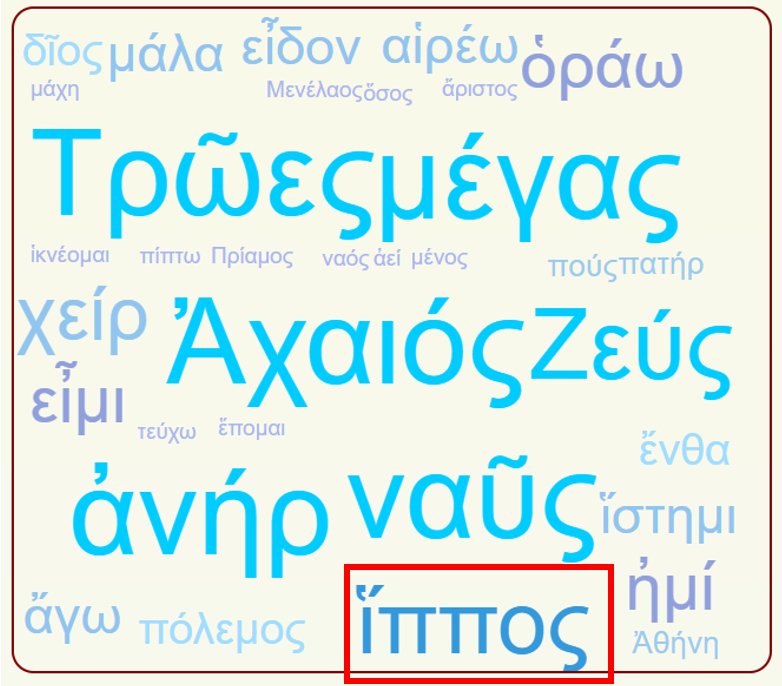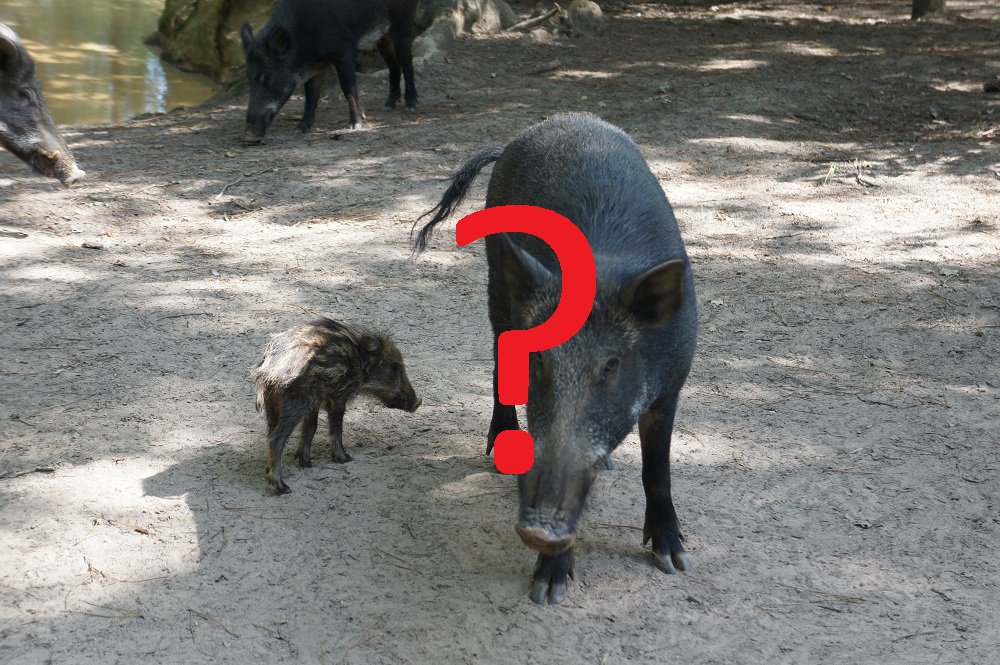This #archaeology thread describes the “Agora Bone Well” published today by Maria Liston, Susan Rotroff & Lynn Snyder
Over 460 humans (mostly infants) & 150 dogs were thrown in the well. They tell a heartbreakingly vivid tale of all-too-ordinary life & death in ancient Athens
/1
Over 460 humans (mostly infants) & 150 dogs were thrown in the well. They tell a heartbreakingly vivid tale of all-too-ordinary life & death in ancient Athens
/1
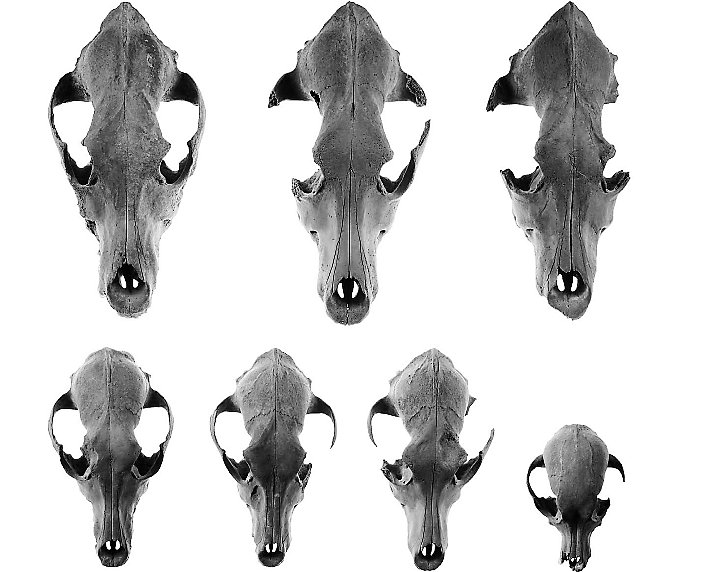
The well was excavated 80 yrs ago by Dorothy Burr Thompson and was located downtown in Hellenistic Athens. After the building on this plot of land was abandoned, the well became a convenient dumping spot
The bones & artifacts were thrown in the well between 175-150 BC
/2
The bones & artifacts were thrown in the well between 175-150 BC
/2

The well was cut thru bedrock & lined w/ clay tiles. Thompson wrote that bones first started appearing 13 meters down (42 feet). Skulls & bones became so common that at one point she simply wrote “more vile bones of dogs, etc.” Digging bones in a deep well wasn’t an easy job!
/3

/3


The Agora Bone Well was mostly forgotten as an oddity. Some archaeologists & historians claimed the bones represented human sacrifice, a serious epidemic, or the gruesome practice of infanticide
Of course, these claims lacked any serious study of the bones, themselves
/4
Of course, these claims lacked any serious study of the bones, themselves
/4

While most of the humans in the well were newborn infants, there was an adult male, a young child, and two older infants.
The commingled newborn baby remains were analyzed collectively. Only these 4 older persons could be examined individually
They were all very sick
/5
The commingled newborn baby remains were analyzed collectively. Only these 4 older persons could be examined individually
They were all very sick
/5
The adult male was 45-55 years old. “There are extensive pathological lesions on the joints” throughout the skeleton (eg, pitting seen on femur below). He had hereditary hemochromatosis and absorbed too much iron causing problematic symptoms throughout his body & skeleton
/6

/6


“Ironically the modern clinical treatment for hemochromatosis is the traditional staple of ancient medicine, bleeding the patient. Had this individual been bled throughout his life, he would have avoided the symptoms exhibited on his skeletal remains”
Who knew leeches worked?
/7
Who knew leeches worked?
/7

The child was 8-10 years old (according to the teeth). But the bones were underdeveloped for that age. “The presence of extensive skeletal pathology suggests a chronic or long-term disease,” in this case, brucellosis, an infection contracted from unpasteurized goat or cow milk
/8
/8

The oldest infant, aged 16-18 months, is the saddest of all these individuals. This poor baby had suffered many broken bones. From a fractured skull to broken ribs and a shattered jaw. Many, not all, of these breaks had healed or started to heal before death.
/9

/9


“The analysis of this infant’s skeleton suggests repeated trauma over much of the child’s life. The pattern of multiple traumatic injuries with differing degrees of healing indicate that this infant is a victim of Battered Child Syndrome.”
My blood is boiling…. @$$hole
/10
My blood is boiling…. @$$hole
/10
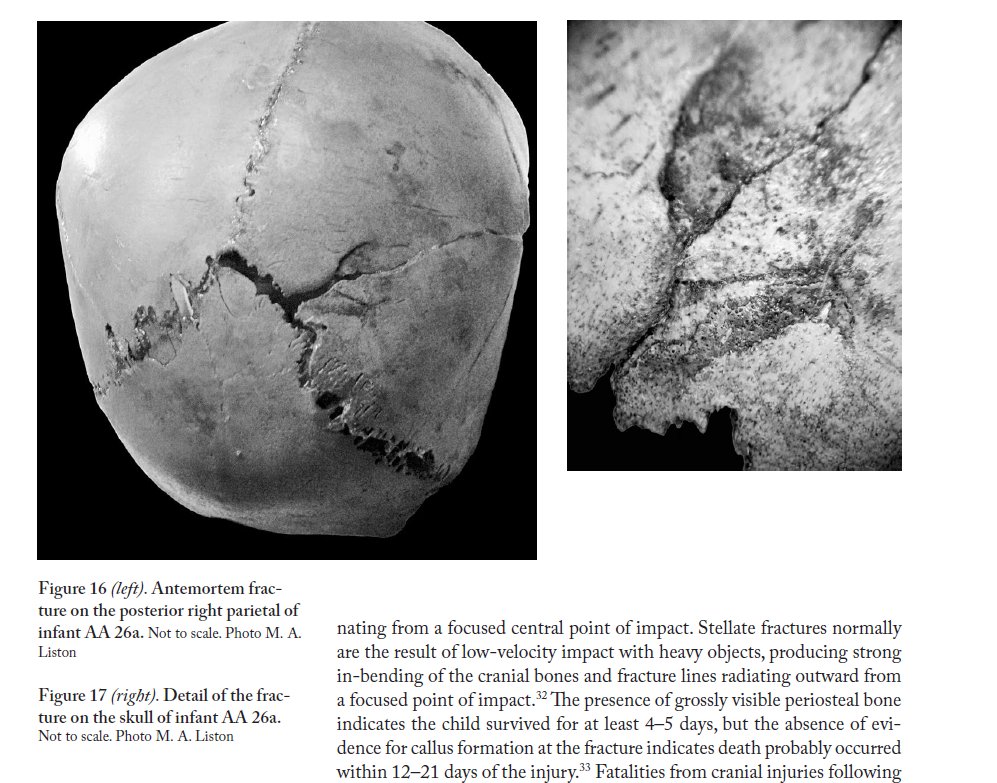
The 2nd older infant, aged 6-8 months, “suffered from hydrocephalus, the accumulation of cerebro-spinal fluid in the cranial space.” The modern medical term is from ancient Greek for “water” & “head”
This severe symptom would’ve caused a wide range of problems for this child
/11
This severe symptom would’ve caused a wide range of problems for this child
/11

“What is clear is that the child was cared for during a period when it would have become progressively more debilitated and more disturbing in appearance.”
Someone did their best to love this poor, sick infant
/12
Someone did their best to love this poor, sick infant
/12
“The bulk of the human bones that make this well so unusual consists of a mass of commingled remains of infants and fetuses. A total of 13,018 individual infant and fetal bones have been identified.”
This study by Maria Liston and colleagues is truly monumental in scope
/13
This study by Maria Liston and colleagues is truly monumental in scope
/13
“most of the infants in the well died at or near the end of a full-term pregnancy. Birth is a period of considerable stress, both from the actual process & b/c of rapid adjustments required in transition from fetal environments to that of an independent organism.”
/14
/14

The sex ratio (basically 50/50) and gestational ages of these infants demonstrate that these deaths were mostly due to naturally high infant mortality rates in premodern societies. As Aristotle noted in his History of Animals: “most babies die before their seventh day”
/15
/15

Many of the infant remains showed signs of illness or deficiency. About 25% of the cranial remains showed signs of pathologies due to infections (eg, meningitis) or hemorrhages. Cleft palate (leading to feeding problems) and some malformed bones were also found in the group
/16



/16




A full third of the infants were pre-term (miscarriage or premature birth)
“While many of these infants would survive today with medical support, in ancient Athens most if not all of them would have died from complications associated with their immature developmental state”
/17
“While many of these infants would survive today with medical support, in ancient Athens most if not all of them would have died from complications associated with their immature developmental state”
/17

But most of the infants cluster around a week to 10 days after childbirth in gestational age. It is surprising that so few are older. This potentially relates to the Athenian Amphidromia. A ceremony where the child would be examined to see if it was “worth rearing.”
/18
/18

It is likely that many children were only afforded a more proper burial in a cemetery after passing that age and deemed “worth rearing”
The ages of infants and children found in ancient Athenian cemeteries conforms to this hypothesis, w/ such young infants usually missing
/19
The ages of infants and children found in ancient Athenian cemeteries conforms to this hypothesis, w/ such young infants usually missing
/19

“While the disposal of the infants in the well may strike us as unfeeling & callous, there are indications that it was not practiced heedlessly. The numerous ceramic vessels large enough to serve as ‘coffins’ are analogous to those used in the more formal burial of infants.”
/20

/20


The ceramic vessels in the well were not typical of other nearby deposits. The group was dominated by large, open vessels that were used to transport the infants to the well. As well, little perfume jars and even a baby feeding vessel likely represent grave offerings
/21

/21


There are additional signs that the deposition of these remains coincided with some form of a ritualistic ceremony
The only large marble statue found in the well represented Eileithyia, the goddess of childbirth. A fitting dedication in this context
/22
The only large marble statue found in the well represented Eileithyia, the goddess of childbirth. A fitting dedication in this context
/22

Most striking are the over 150 dogs also deposited in the well. They were mostly adults, and therefore do not represent natural deaths, but were intentionally deposited here.
There are no signs of butchery
/23
There are no signs of butchery
/23

These were not healthy dogs, nor happy pets. There are many examples of fractures, broken limbs, or other problems.
“they may well have come from a living population of common urban mongrels or pariah dogs that inhabited the environs of Athens.”
/24



“they may well have come from a living population of common urban mongrels or pariah dogs that inhabited the environs of Athens.”
/24




Side note: did you know that male dogs (and many other carnivores) have a penis bone, called a baculum?
I’ve never seen so many bacula in my life!
Have you?
*ducks before Bakula memes come my way*
/25
I’ve never seen so many bacula in my life!
Have you?
*ducks before Bakula memes come my way*
/25

Dogs were sometimes associated with funerary ritual. For example, in the Iliad (23.173-4, transl. Lattimore)
“There were nine dogs of the table that had belonged to Lord Patroklos. Of these he cut the throats of two, and set them on the pyre”
/26
“There were nine dogs of the table that had belonged to Lord Patroklos. Of these he cut the throats of two, and set them on the pyre”
/26

These dogs were probably sacrificed to purify the pollution of the births & deaths of these unfortunate newborns
Most likely this well was used by select midwife(s), carefully choosing an abandoned well to provide some special resting place for these infants
/27
Most likely this well was used by select midwife(s), carefully choosing an abandoned well to provide some special resting place for these infants
/27

The exceptions are the older individuals found in the well. Given their illnesses, there might have been reasons for excluding them from formal burial. Perhaps, the well was known as a disposal site for infants and these individuals were introduced unceremoniously
/28
/28
Crafting this thread was not easy. My Dad just passed. I have a chronic illness. And I was born into the ICU prematurely.
The Agora Bone Well helps us appreciate the fragility of human life and the lifeways of our premodern ancestors
/29
The Agora Bone Well helps us appreciate the fragility of human life and the lifeways of our premodern ancestors
/29

The ordinariness of infant mortality must have been difficult. One way to cope was to create rituals at certain life-stages like the Amphidromia. Many cultures still wait to name babies
But it was still a horrific process. The Bone Well is a record of such pathos
/end
But it was still a horrific process. The Bone Well is a record of such pathos
/end

Special thanks to @ascsapubs for letting me publish this thread by providing an advance digital copy of the text and permission to use images
Read the book, it’s a groundbreaking interdisciplinary study by three excellent scholars
ascsa.edu.gr/index.php/publ…
Read the book, it’s a groundbreaking interdisciplinary study by three excellent scholars
ascsa.edu.gr/index.php/publ…
If you find threads on ancient Greek bones interesting, check out the thread below about “The Yasmina Dog,” a beloved little dog from Roman Carthage:
https://twitter.com/FlintDibble/status/982260981421113344
Or maybe you’d rather delve into ancient Greek religion… If you’re interested, you can check out an intro thread on the topic:
https://twitter.com/FlintDibble/status/1013869173355708416
• • •
Missing some Tweet in this thread? You can try to
force a refresh


